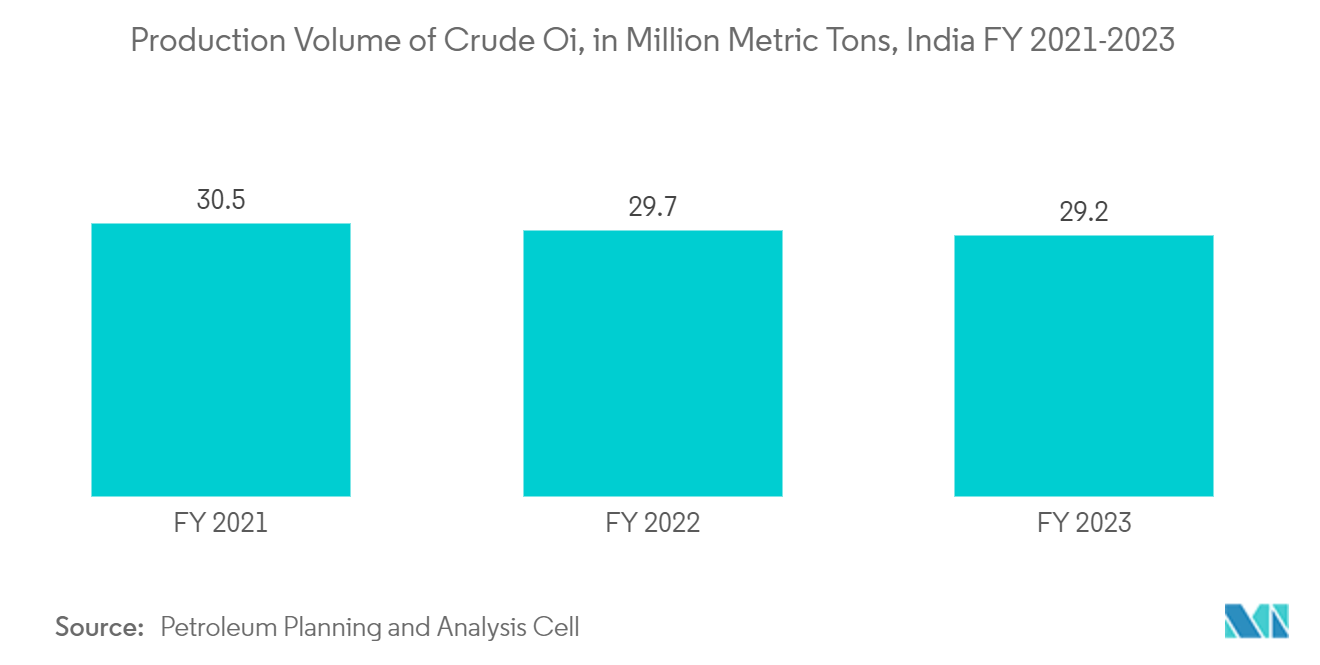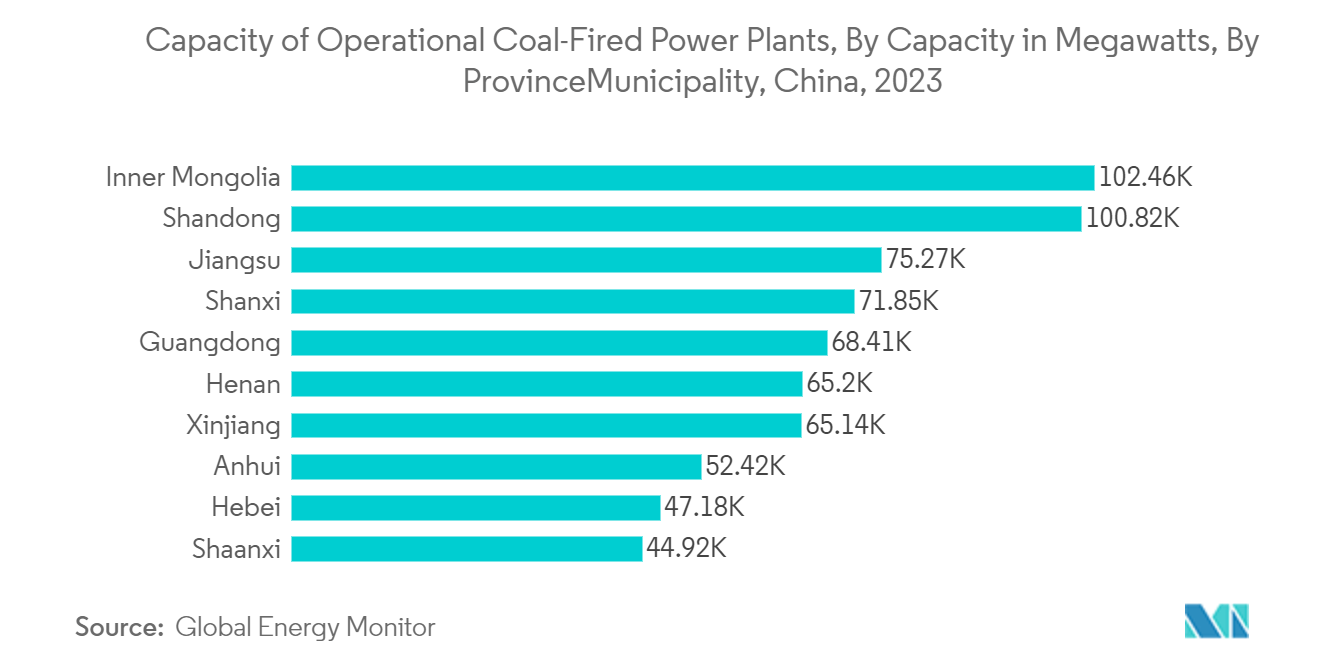Market Trends of Asia-Pacific Explosion Proof Equipment Industry
The Oil and Gas Industry to Show Significant Growth
- Workers in the oil and gas industry frequently have to work in dangerous conditions. In situations where significant quantities of flammable liquids, gases, vapors, or combustible dust are present, safety is of paramount importance.
- The probability of ignition from electric devices and machines that are close to flammable substances increases significantly in oil & gas facilities. The presence of dangerous chemical compounds, oil, and gas in oil & gas refining and processing facilities poses a risk of electrical sparks igniting such compounds. Hence, the industry commands a large share of the demand for regulations in such hazardous areas. In addition, the industry is highly regulated for worker safety, which further contributes to the demand.
- The advent of low-voltage IP cameras for housings is one of the most significant developments in explosion-proof camera technology. Compared to traditional high-power 110 V AC installations, which require additional infrastructure and personnel to install them, there are new opportunities for fixed PoE+ cameras that can significantly reduce costs. The advancement of PoE+ cameras is also in contrast to the conventional 24-volt system.
- Moreover, the discovery of oil reserves in countries such as India and China, in the Arabian Sea and Juggar Basin, respectively, is also projected to drive the segment's growth. According to the Petroleum Planning and Analysis Cell, by the end of FY2024, India's crude oil production is poised to recover as a result of upcoming investments in the exploration processes. Such developments are expected to drive the demand for explosion-proof equipment.

China to Hold the Highest Market Share
- China is one of the major producers and exporters of production equipment and machine tools globally. Equipment and tools production in the country has grown in the past decade as a result of an increase in manufacturing activities. Consequently, the rate of adoption of explosion-resistant equipment is influenced by this growth.
- The demand for explosion-proof solutions is anticipated to be driven by the growing use of automation in production processes. In addition, staff regularly carry out field inspections on a regular basis to keep facilities and equipment safe and in good working order at many industrial and manufacturing plants by patrolling the defined routes and checking inspection devices at selected points along the way.
- Allied pressures have led to changes in the underlying infrastructure, processes, and technologies of the manufacturing sector as a result of growing productivity requirements. The adoption of explosion-proof equipment is expected to increase as a result of these industry trends.
- According to the IEA, by 2040, China is expected to account for 280 billion cubic meters of global natural gas demand. With a projected net import of 13 million barrels per day by 2040, China is likely to overtake the United States as the world's largest oil consumer. The country has already set a 2030 carbon emission reduction target. By 2060, China wants to be carbon neutral. To that end, there is an urgent need to increase the use of clean energy and reduce emissions that are detrimental to China's reliance on fossil fuels. This shows that in the coming years, there will be a growing number of projects underway.
- The country is emerging as a growth engine due to the increasing exploration and production facilities and the introduction of new safety regulations. In the previous year, various miners in China's northeastern Shandong province had been trapped for almost two days following an explosion, where the blast damaged their communication systems, cutting off all contact. Mining accidents are pretty common in China, where enterprises have a poor protection record and regulations are not adequately enforced, which is driving the need for explosion-proof equipment in the region.


